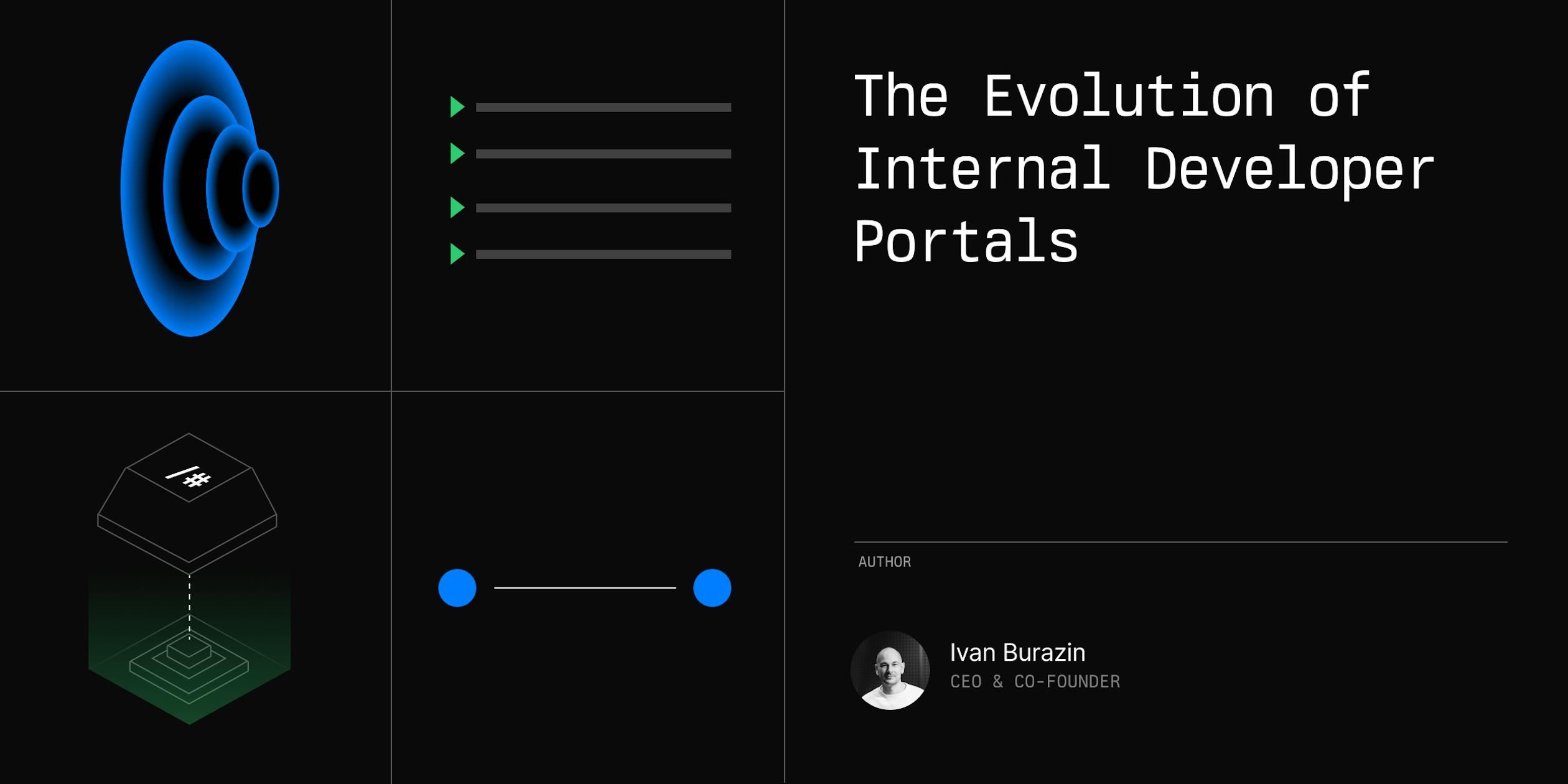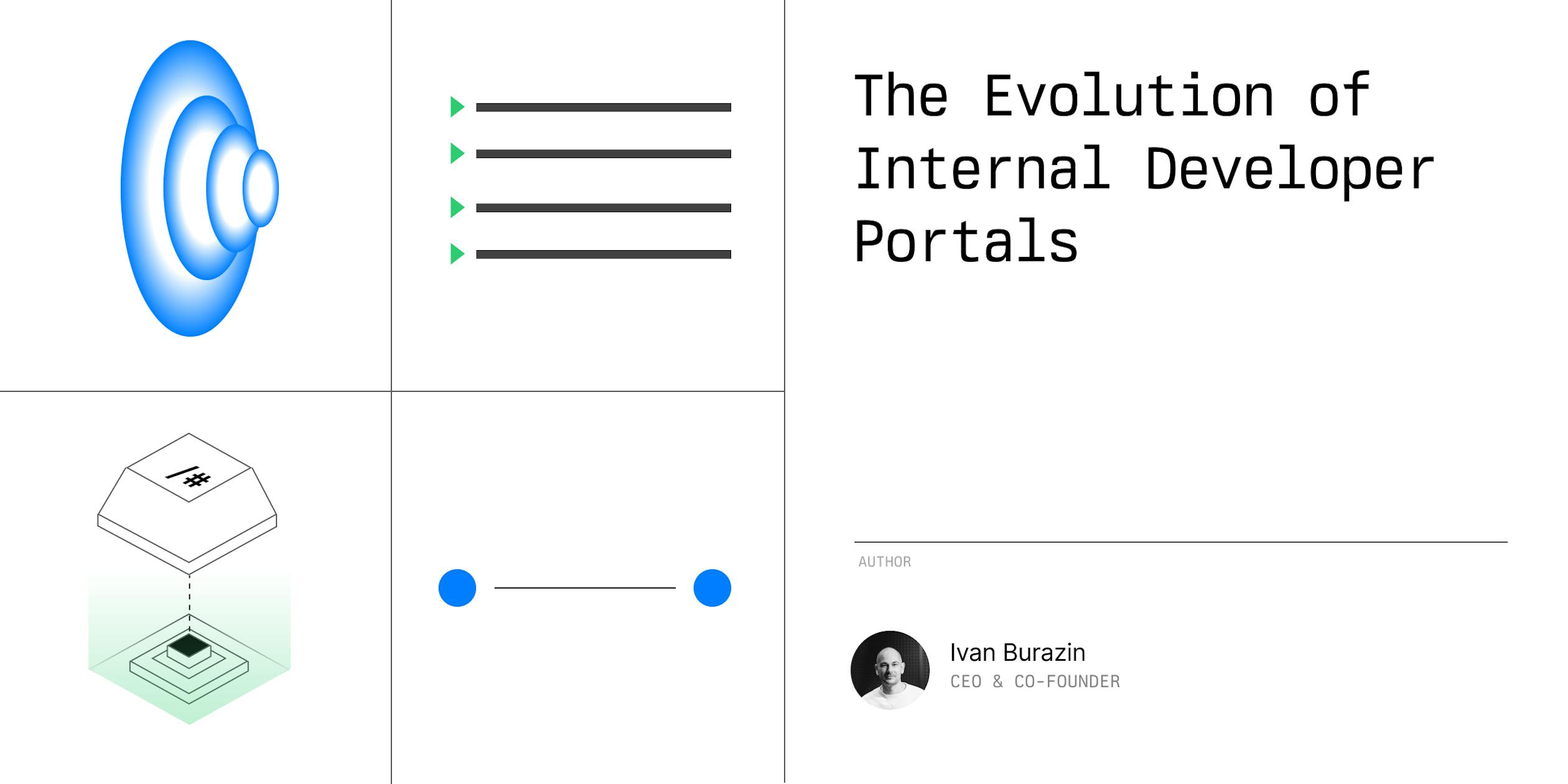Internal Developer Portals (IDPs) have emerged as a solution to the complexities of modern software infrastructure. By consolidating documentation, status pages, and management consoles into one location, IDPs aim to streamline workflows for developers working within complex cloud ecosystems.
IDPs are intended to provide a "single pane of glass" for development teams. However, many fall short, serving primarily as collections of links and dashboards. They aggregate information but often fail to integrate workflows or reduce developer friction. Developers still face the challenge of context-switching between an IDP and its underlying tools, which slows their workflow.
Jose Velez, CEO of Rely, strives to create "an entire engineering stack" by integrating observability, infrastructure, and collaboration tools into "a live knowledge base for your entire software ecosystem."
Rely emerges as a new entrant, providing an IDP that acts as a connective tissue, binding disparate tools and services into a harmonious whole. This evolution signifies a change in tooling and a shift in philosophy—towards a future where dev environment management platforms like Daytona further streamline workflows and supercharge efficiency.
The IDP Revolution
IDPs originated as repositories for developers to find documentation, service catalogs, and operational insights. However, as software development demands have grown, traditional IDPs have struggled to keep pace. Information often remains dispersed across multiple platforms, requiring developers to navigate through a maze of interfaces and logins, which can reduce productivity.
Delivering an integrated end-to-end developer experience remains the “holy grail” for IDPs. This requires connecting the dots across the entire development toolchain - from code to build to deployment to monitoring. IDPs also must integrate deeply with access and security controls, infrastructure provisioning, and other environmental components.
Today's IDPs, exemplified by Rely, provide a centralized hub for observing and managing the entire software development lifecycle. They offer a real-time, interconnected view of services, user journeys, and infrastructure resources. Rely facilitates real-time discovery and centralizes data on ownership, dependencies, documentation, deployments, and more, empowering engineers to make informed decisions efficiently.
Rely: Driving Reliability and Ownership
Rely accelerates reliability adoption by aligning enterprise-wide priorities. It makes SRE best practices effortless and promotes risk-aware shipping.
Rely’s catalog maps dependencies between technical building blocks and the business capabilities they support. This connects availability and performance to real-world value. Rely’s automated SLO dashboards spotlight only the most pressing risks, ensuring responders stay focused on issues impacting customers.
Ownership gains clarity with Rely as well. Performance scores focus on services needing fortification, while leadership can track progress toward compliance targets that balance innovation and standardization.
The portal aims to abstract complexity through guardrails, workflows, and integrations that enable developers to spin up environments and run tests through simple single-click actions without having to access multiple tools.
Jose Velez, CEO of Rely.io
With holistic visibility, tailored alerts, and progress tracking, Rely gives organizations the guardrails and incentives to fulfill reliability’s promise. Both systemic resilience and responsive agility become possible when technology priorities align with business needs.
Rely's features address current development needs:
Software Catalog: A real-time, dynamic inventory of services and user journeys.
Scorecards & Leaderboards: Tools that promote best practice adoption through competitive benchmarks for reliability and operational maturity.
Status Pages: Insights into service health informed by SLOs and incident reports.
Developer Homepages: Personalized dashboards that centralize information and actions for each developer, reducing cognitive load.
Rely promises more flexibility than solutions like Backstage. The CEO argues the "problem with Backstage is that it is first of all limited in terms of flexibility." Customizations require coding new plugins and extensions. Instead, Rely strives to "abstract that complexity by making it so that the most relevant things developers want to do they don't have to build."
Rely looks to provide more out-of-the-box flexibility than solutions like Backstage through curated capabilities that don't require engineering teams to manually code custom plugins, extensions, and front-end experiences.
Jose Velez, CEO of Rely.io
Enabling Seamless Integration With Daytona
The next leap in the evolution of IDPs comes from integrating development environment management platforms like Daytona, which specializes in creating secure and scalable workspaces essential for coding without distractions. Daytona provides a crucial layer that complements and enhances the capabilities of IDPs like Rely by optimizing and automating tasks across the development pipeline- from setup to deployment.
Daytona fits into the integrated ecosystem as the linchpin for environment management, offering benefits such as security and scalability of a self-managed or self-hosted solution. Combining Daytona's environment management with IDP results in an unmatched ecosystem where developers can operate with exceptional efficiency and focus.
The Future: Synergistic Development Ecosystems
The future of software development hinges on the seamless interplay between IDPs and development environment management platforms. As organizations continue to scale and the complexity of their engineering challenges grows, the synergy between platforms like Rely and Daytona will become increasingly vital.
In this future, developers will navigate less between tools and spend more time innovating. Engineering leaders will have comprehensive oversight of their operations, enabling them to effectively align development efforts with business goals. SREs and platform engineers will have the means to establish, maintain, and promote best practices across teams with ease.
The evolution of developer portals is a testament to technological progress and the evolving ethos of software development. It's about creating ecosystems that adapt to the teams they serve. Rely and Daytona are not just creating tools; they are crafting environments that elevate engineering, fostering a culture where creativity and reliability coexist.
As we approach this new era, it is evident that the developer portals of the future will be characterized by their ability to integrate, automate, and unify. Pioneers like Rely and specialized platforms like Daytona are leading the evolution of developer workflows.




